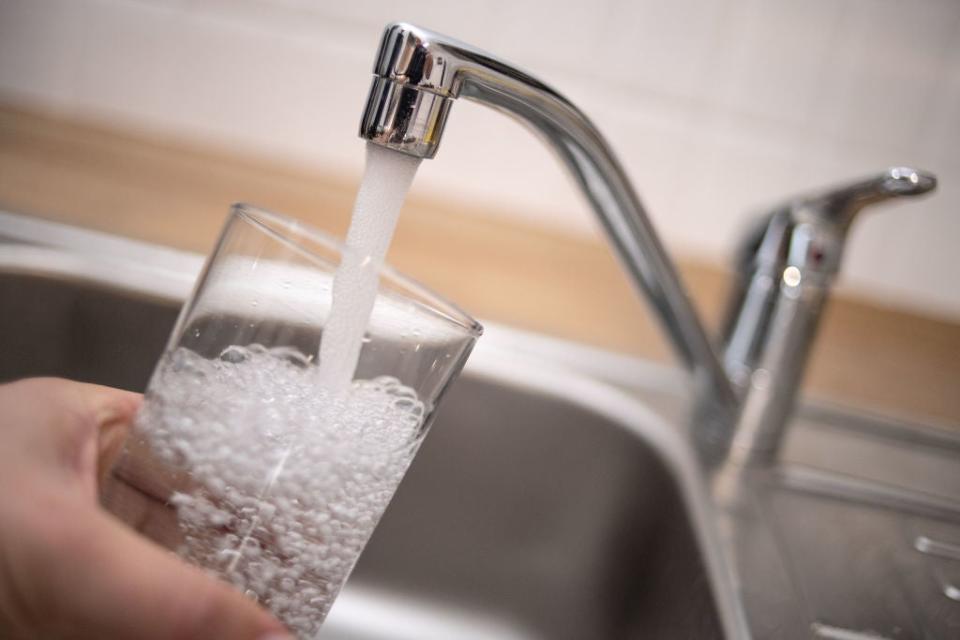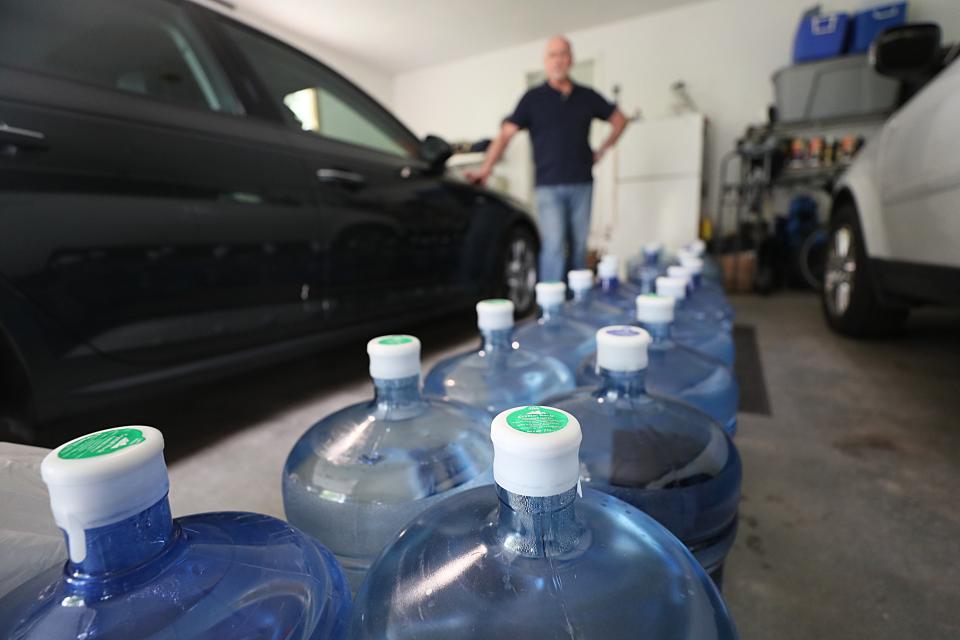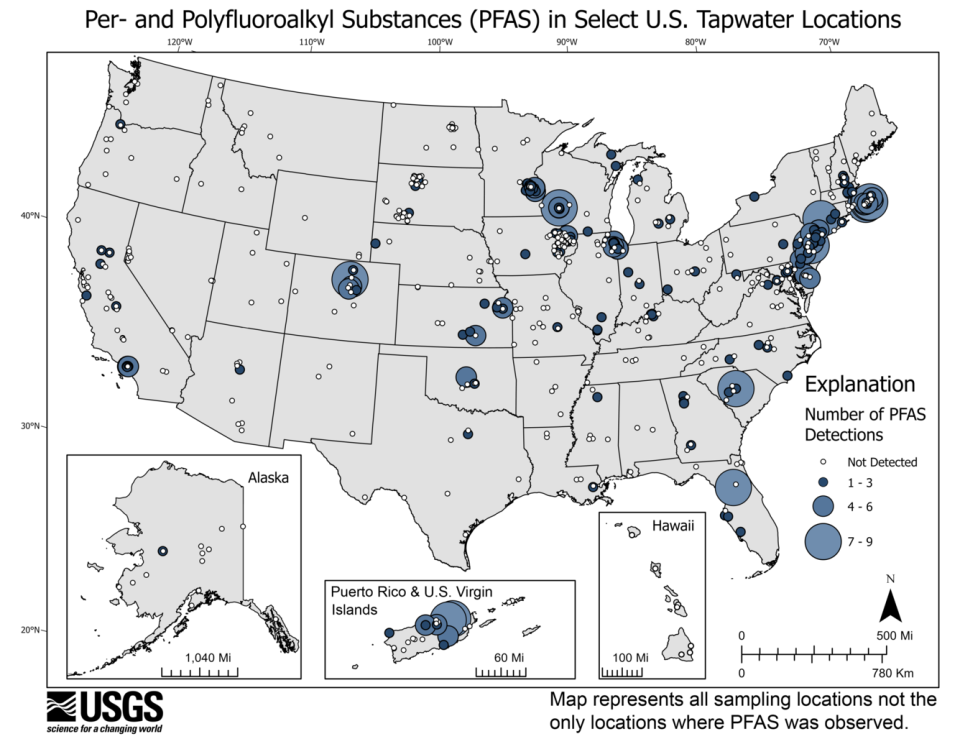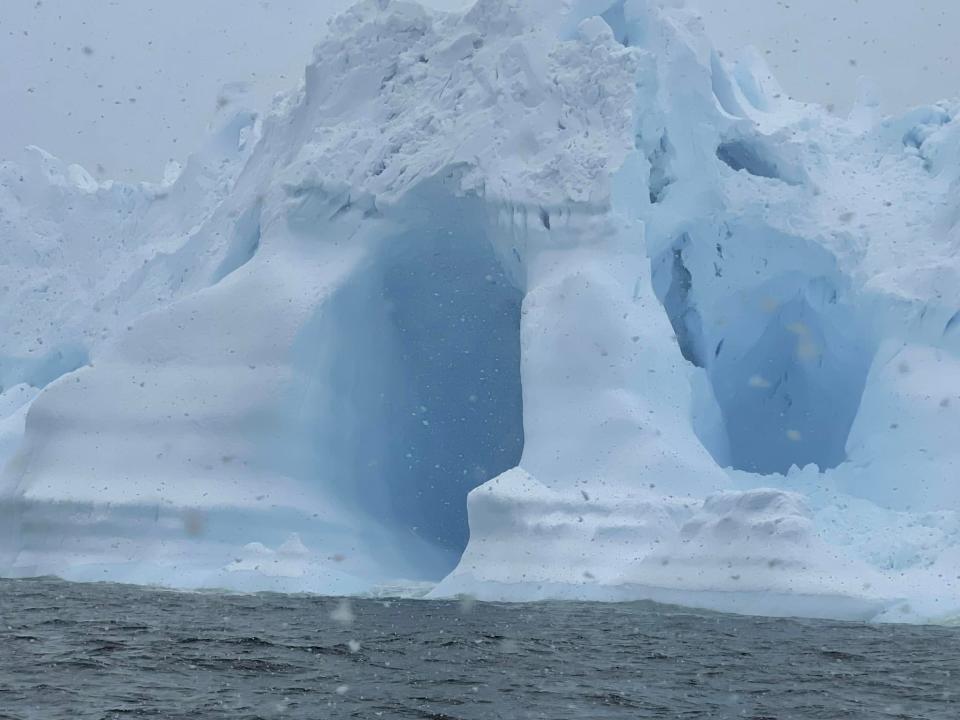EPA sets new limits for 'forever chemicals' in drinking water

WASHINGTON, D.C. – The Environmental Protection Agency has now set limits for "forever chemicals" on drinking water – the first-ever national legally enforceable limits.
"Today, the Environmental Protection Agency is announcing the first national drinking water standard for the US, which will protect 100 million people from PFAS exposure, prevent tens of thousands of serious illnesses and save lives," Brenda Mallory of the Executive Office of the President said in a press conference. "We are also announcing $1 billion… to help every state and territory fund PFAS protection and treatment systems to meet this new standard."
This is the first drinking water standard for any new contaminants since 1996. Water systems will be forced to monitor public water systems, reduce PFAS levels and notify the public if levels exceed limits. Almost half of all tap water across America is estimated to contain at least one type of PFA, according to the U.S. Geological Survey.
NOT A DROP TO DRINK: RAINWATER POLLUTED BY FOREVER CHEMICALS WORLDWIDE, STUDY SAYS

Perflouroalkyl and polyflouroalkyl substances – PFAS – are a group of thousands of man-made chemicals used to make non-stick surfaces like Teflon pans and make other things stain repellent. They repel grease, oil, water and heat. You can find them used in cookware, clothes, cosmetics, food packaging, carpets and fire suppression foam.
"PFAS will never degrade in the environment, which has led to them and other PFAS being called the ‘forever chemicals,' " explained Ian Cousins, Ph.D., of the Department of Environmental Science at Stockholm University and author of a 2022 study.
The chemicals are linked to serious health problems like cancers, liver and heart damage, compromised immune systems, high cholesterol and developmental issues in kids. Mallory pointed to Oakdale, Minnesota where PFAS contaminated the drinking water.
STUDY: AIR FILTERS ON INTERNATIONAL SPACE STATION CAPTURE FOREVER CHEMICALS, FIRE RETARDANTS

"Cancer was found to be a far more likely cause of death in children in Oakdale than in neighboring communities," Mallory said. "Those victims include Amara Stranding, who spent her final months calling for action. After years of battling tumors and more than 20 surgeries, Amara passed away one year ago this month, just before her 21st birthday."
The new requirements will reduce PFAS exposure to about 100 million people, said EPA Administrator Michael Regan. Ken Cook of the PFAS Environmental Working Group calls this "the most consequential and difficult decision to protect drinking water in the past 30 years."
"Those chemicals now contaminate virtually all Americans from birth," said Ken Cook of the Environmental Working Group on PFAS. "Our finding (in a 2004 study) that PFAS contaminated the umbilical cord blood of all ten American babies we tested."
A Senior Administration Official said that he expects between 6% and 10% of the 66,000 community water systems across the U.S. to be forced to take action to comply with the rule. Officials will have three years to sample water in community systems and wells to determine PFAS levels. If over the limit, they have two more years to purchase and install technology to bring levels below the baseline.

Officials estimate the cost of monitoring and treatment at $1.5 billion a year.
"But the real benefit here is fewer cancers, lower incidence of heart attacks, reduced birth complications, and when monetized they exceed $1.5 billion," an official said.
The $1 billion earmarked by the EPA would go to states to be awarded as grants for infrastructure upgrades for both community systems and private wells. Existing technologies like activated carbon, reverse osmosis and ion exchange can treat the water.
"They can be filtered, like with activated carbon [filters], from water, but then you still have to destroy the filtrate -- activated carbon contaminated with PFAS -- and renew the activated carbon regularly. It’s going to be expensive," said Cousins.

Another solution may also be finding an alternate water supply.
PFAS contaminates drinking water, soil, air and the food supply.
The rule targets the levels of five individual PFAS as well as a combination of the chemicals.
"This standard will reduce PFAS exposure in our drinking water to the lowest levels that are feasible for effective nationwide implementation," the Biden Administration said in a statement.
In 2022, scientists released a study that found PFAS pollution in rainwater samples across the globe even in remote areas like Tibet and Antarctica.

The study pointed out that in 22 years, the PFOA (a specific PFAS) guideline for West Virginia dropped by a factor of 37.5 million to the current EPA level. The current level is lower than every rainwater sample taken for the study worldwide and 14 times lower than the lowest level found on the Tibetan Plateau.
"There isn’t much that can be done to protect ourselves against the long-term, low-level exposure. PFAS are also in the food chain so in all of our food as well as our water," explained Cousins. "We’ll have to live with this uncertainly while we wait for PFAA concentrations to slowly decline. They will not degrade, but they will slowly dilute into the deep oceans."
EPA guidelines for PFAS concentration in drinking water are low because the agency took into account other ways that humans ingest PFAS that are harder to measure. Inhaling household dust from carpets with a stain repellant, breast milk, swallowing contaminated soil, working in manufacturing or firefighting even breathing in sea air can add to your chemical intake.

The chemicals were developed in the 1940s but only recently did testing for their presence start. Some PFAS, the Food and Drug Administration OK'd for food contact.
"There has been some effort to remove impurities from products, but unfortunately, due to past mistakes, we’ve already released thousands of tonnes of PFAS," said Cousins of mitigation. "The ones we discuss in the paper are not used these days outside China but remain in the environment and cycle between the Earth’s surface and atmosphere."
The 3M Company actually phased out some longer chain chemicals in the early 2000s.
Original article source: EPA sets new limits for 'forever chemicals' in drinking water

